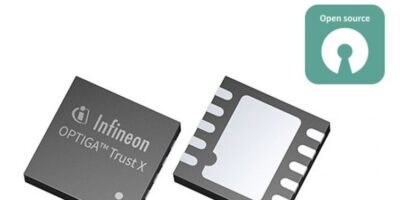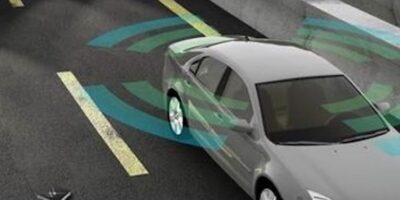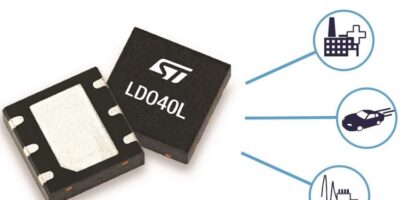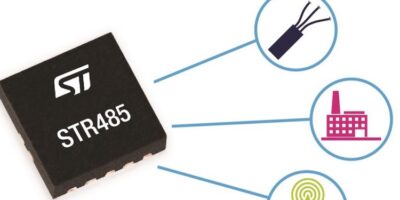Infineon Technologies has introduced Optiga Trust X as an open source platform that offers enhanced security for connected/IoT devices. According to Infineon, the security controller reduces integration effort and is easy to use and is designed to support customers who lack security expertise but require a fast time-to-market. The low-power devices support non-rich operating systems and is available in compact 3.0 x 3.0mm PG-USON-10-2 packages.
There are two versions available, operating in two temperature ranges. The SLS32AIA020X4 operates at the standard temperature range of -25 to +85 degrees C and, for harsh industrial environments, the SLS32AIA020X2 operates at the extended temperature range -40 to +105 degrees C.
The open source host code for Optiga Trust X and documentation is now available as open source on GitHub. Customers have a direct line of communication to developers and will immediately and directly be informed of new versions, features and bug fixes. According to Infineon, the ecosystems facilitates the integration of standard open-source crypto software libraries or the integration of the host code into other systems.
Features of the Optiga Trust X is one-way authentication using ECDSA, mutual authentication using DTLS client (IETF standard RFC 6347) and secure communications using DTLS.
It is compliant with the USB Type-C authentication standard and offers up to 10kbyte user memory.
Cryptographic support is ECC256, AES128, SHA-256, TRNG, DRNG with a cryptographic tool box based on ECC NIST P256, P384 and SHA256 (sign, verify, key generation, ECDH, session key derivation).







